06 Sep A Guide to Containment Strategies.
A Containment Strategy is a method for controlling workplace hazards that has been approved by the HSE and the occupational hygiene profession. It covers both the managerial concerns and the engineering solutions required for the secure handling of dangerous chemicals.
Therefore, there are three crucial parts to the containment strategy:
- Equipment design and operating procedures;
- Training in access, Operation and Emergencies;
- Maintenance.
To select appropriate containment equipment to control a specific exposure hazard, it is useful to be able to classify the performance of various types of equipment, which, when combined with appropriate operation, maintenance, and testing regimes, can provide an effective containment strategy for handling hazardous materials. It is critical to understand that the desired levels of performance can only be obtained through careful design, operation, maintenance, and testing of containment equipment. Any compromise in any of these factors will result in the containment system performing poorly.
Hazard quantification:
It is critical to recognise the hazards associated with chemicals and assess the risks they pose. The following key parameters are considered:
- Hazard severity (e.g., toxicity);
- Scale and duration of operation;
- Physical properties (volatility or dustiness)
A Containment Strategy can be chosen based on these basic pieces of information.
Hazard Severity:
Many hazardous substances have been identified, and the severity of the hazards they present is identified by one or both of the following:
- An exposure limit, which may be one of the following:
- Maximum Exposure Limit (MEL);
- an Occupational Exposure Standard (OES);
- a Permissible Exposure Level (PEL)
- A Risk Phrase (R- Phrase), which defines the hazard(s) presented by the substance in standard phraseology that material.
The Health and Safety Executive (HSE) publishes an annual list of MELs and OELs as EH40. 29 CFR 1910.1000 defines PELs.
As a result of various toxicological properties, a substance may have a combination R-phrase composed of more than one basic R-phrase. In such cases, the substance is assigned to the most stringent hazard group identified by any of the constituent basic phrases involved in order to select a Containment Strategy.
Scale of Operation:

The scale of operation, or the amount of material transferred in a discrete operation, can influence the amount of released material and thus the risk of exposure. Production goals may necessitate transfers ranging from a few kilogrammes to more than one tonne. The table shows an approximate scale of operation for risk assessment purposes.
Physical form of a Material:
The Containment Strategy for a substance is determined not only by its hazard group, but also by its Exposure Potential (EP). This, in turn, is affected by dustiness (in the case of a solid) or volatility (in the case of a liquid), as well as the scale of use and duration of exposure. Clearly, dusty and volatile materials are more likely than very granular solids and liquids with low vapor pressure to spread into the environment. Consequently, a qualitative scale of the potential exposure risk resulting from the material’s physical characteristics may be used. As a result, the allocation of Containment Strategies will be considered separately for solids and liquids in the following two sections.
Allocating a containment strategy- Solid:
Dustiness Potential:

The Exposure Potential is obtained by combining the scale and duration of an operation with the dustiness potential of the powder used.

It is up to the individual to determine whether a task’s duration (i.e The period of open transfer or potential for exposure) is ‘short’ or ‘long.’ In general, an operation that lasts less than 30 minutes is considered ‘short.’ When the exposure potential is associated with the hazard group of the material, it can be used to allocate a Containment Strategy appropriate to the operation’s risk.
Allocating a Containment Strategy – liquids:
As with solids, the volatility of a hazardous liquid and the scale of the operation that uses it influence its exposure potential. The EP is allocated as shown in the table below, based on ‘long’ or ‘short’ exposure durations. When this exposure potential is associated with the material’s hazard group, it can be used to allocate a Containment Strategy.

Wrapping Up:
In this blog, we have discussed 3 parameters in which we have highlighted the parameters for deciding a containment strategy. The strategy must be chosen in the context of a full risk assessment, and those making the decision must satisfy themselves that the limits chosen are appropriate. In our next blog, we’ll talk about how these goals can be met in practice.
To know more about containment strategies, talk to us at sales@isovax.in.



Sorry, the comment form is closed at this time.